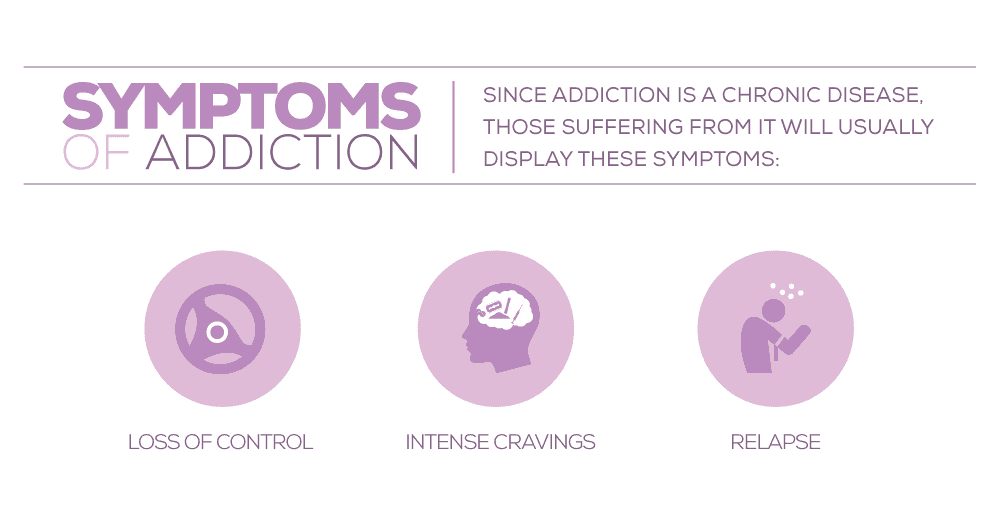
Source: Energy Transitions by Cutler Cleveland

A look at world energy consumption by fuel type in 2010. The commitments have helped Massachusetts tie with Texas for fifth place nationally in a 2012 Ernst & Young report on promising renewable energy markets. While far from reaching its wind energy goal, the commonwealth reports that it’s 90 percent of the way to accomplishing its solar goal. Massachusetts plans to generate 2,000 megawatts of wind energy within the next seven years and 250 megawatts of solar power by 2017. Here in Massachusetts, the legislature passed the Green Communities Act in 2008, requiring that 15 percent of the commonwealth’s electricity come from renewable energy by 2020. But solar, which has also benefited from subsidies and technological advancements, and wind account for only a couple of percentage points of total power generation in the world.Īnd while the federal government has not established benchmarks for wind and solar production, many states have. Government subsidies and technological improvements in the manufacture of turbines have lowered the cost of wind energy, so that it now competes with energy produced by natural gas and burning coal. Still, he says, there is encouraging growth in some sectors. Photo courtesy of Arava Power CompanyĬleveland’s research suggests that not a single country will flip its dependency completely to renewables within the next 50 years. Worldwide investment in solar power has increased sharply in recent years, including in places like Israel, where the Arava Power Company, headed by Yosef Abramowitz (CAS’87), installed 18,500 photovoltaic panels. The United States came in seventh, with only 3 percent of its electricity coming from renewables. Indonesia follows, with roughly 6 percent, and next is the United Kingdom, at about 4 percent. Germany’s production of alternative energy, which provides nearly 11 percent of the country’s energy needs, leads G-20 (a group of finance ministers and central bank governors from 20 major economies) members, states a 2012 report by the National Resources Defense Council. Germany, the third greatest investor in alternatives, spent $31 billion and reached total capacity of 61 gigawatts. That same year, the United States put $48 billion in such technologies and achieved total generation of 68 gigawatts. In 2011, China invested $51 billion in alternative energy technologies and led the world in renewable power capacity with 70 total gigawatts, according to the international nonprofit Renewable Energy Policy Network for the 21st Century. Some countries, however, have done better than others. “And we’ve never really done that in the history of humanity.”

“We will have to engineer the transition,” says Cleveland.

Pardee Center for the Study of the Longer-Range Future and supported by a grant from the Andrew W. Sawyer Seminars on Energy and Society were sponsored by the Frederick S.
#Fueling my addiction meaning series
Photo by Christine WardĬleveland’s convictions come not only from his own research, but also from a series of eight seminars that brought environmental experts from universities in the United States and Europe to BU throughout the 2010–2011 academic year. Cleveland, who has written or edited six books on ecological economics and energy transitions and is the founding editor-in-chief of the online reference source Encyclopedia of Earth, is convinced that if we hope to “avert the more dire scenarios, there needs to be radical surgery now.” Cutler Cleveland, a CAS professor of earth and environment, says the time is now to convert to alternative energies. Cutler Cleveland, a College of Arts & Sciences professor of earth and environment and director of the Center for Energy & Environmental Studies, says the transition from fossil fuels to low-carbon alternatives like wind, solar, and nuclear power will require speedy technological advancement, huge capital investments, and the political-and personal-will of ordinary people. At least 80 percent of the energy people use to drive, heat their homes, and power gadgets comes from fossil fuels such as coal, oil, and natural gas, and the consumption of all of the above contributes to global warming. In this weeklong series, BU researchers explore the science behind Earth’s environmental changes, and what they mean for our future.


 0 kommentar(er)
0 kommentar(er)
